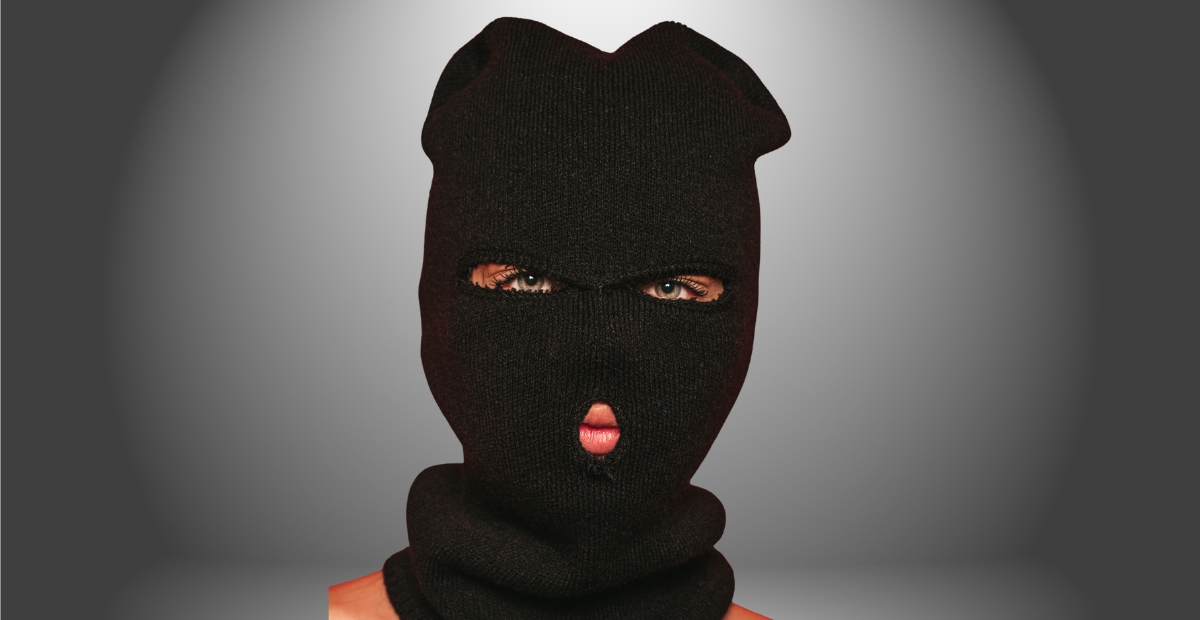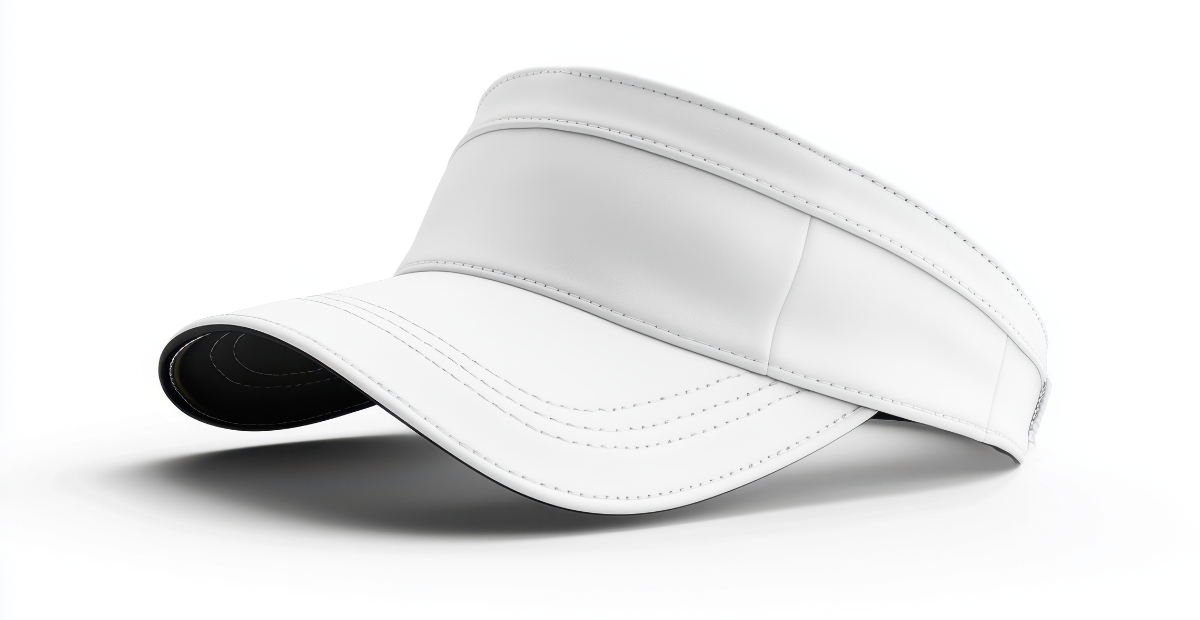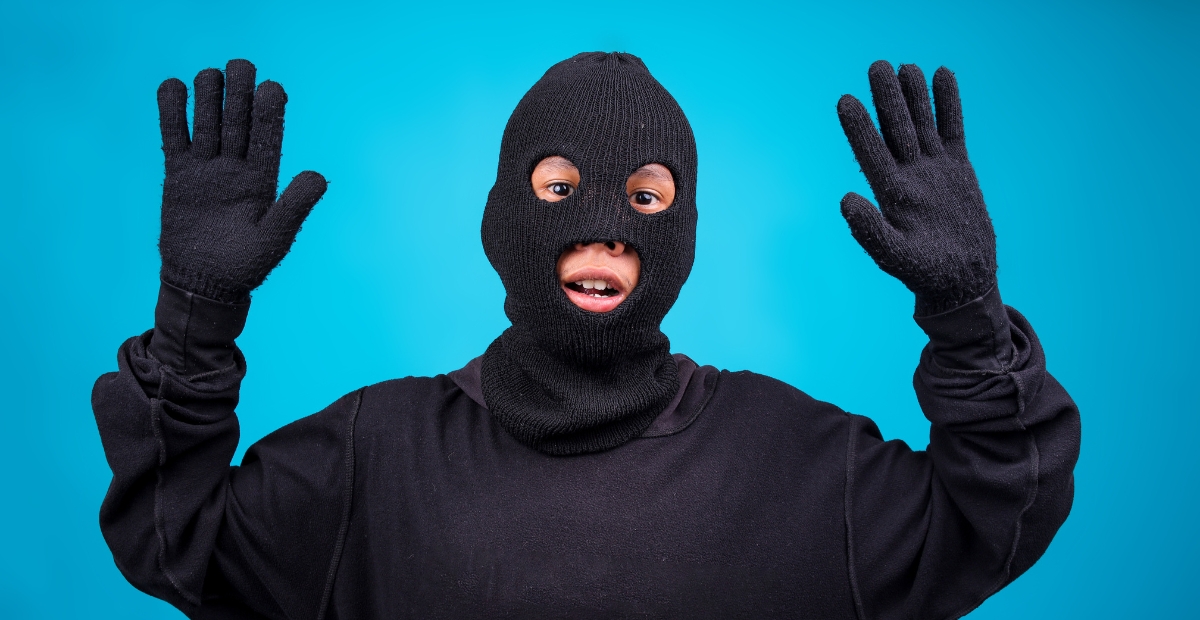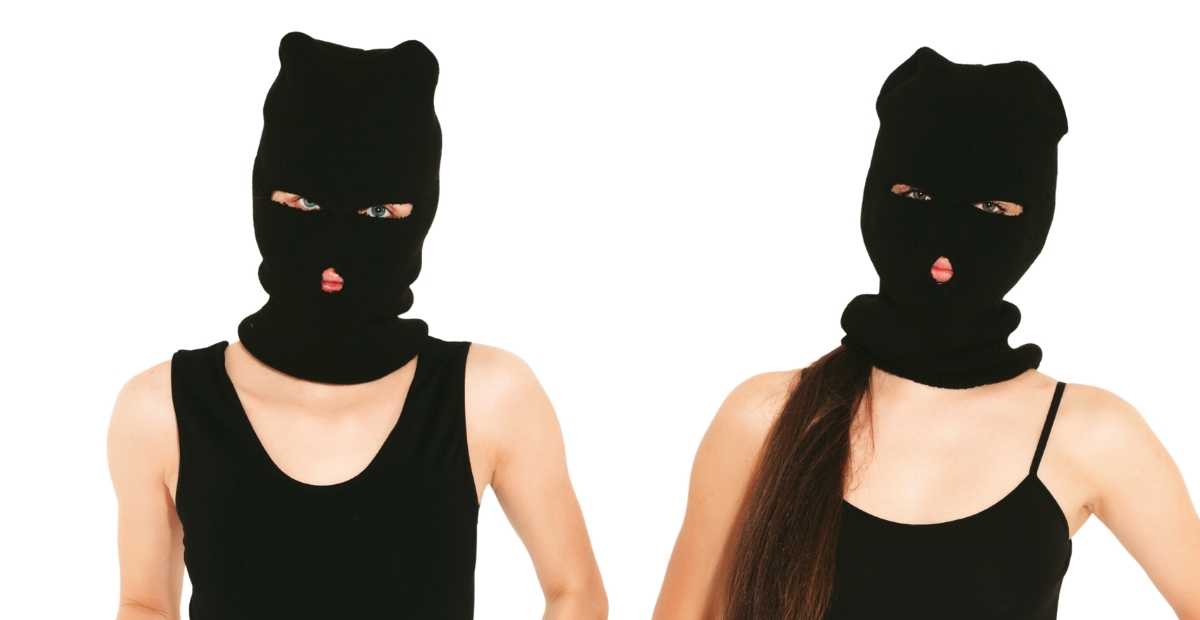What do British people call a ski mask? While Americans say “ski mask” the British say “balaclava.” “Balaclava” has history, culture, and a hint of wartime valor. In Britain, a balaclava is not only winter gear, it represents warmth, practicality, and a certain timelessness to style.
Table of contents
- What is a Ski Mask?
- The British Term for a Ski Mask
- Balaclava” and Its Historical Roots
- Balaclavas and the British Vocabulary
- Historical Background: The Battle of Balaclava
- British vs. American Terminology
- How the Balaclava Became a Winter Essential
- Modern Uses of the Balaclava in the UK
- Fashion and Function: The Balaclava’s Revival
- Materials and Styles of Balaclavas
- How to Wear a Balaclava the British Way
- Balaclava in Pop Culture and Streetwear
- Common Misconceptions About Ski Masks
- Why the British Still Prefer the Term “Balaclava”
- Final Thoughts
- FAQs
What is a Ski Mask?
A ski mask covers most of the face while leaving openings for the eyes, mouth, and sometimes the nose. Ski masks help protect the wearer from the cold, wind, and snow, especially when partaking in outdoor sports like skiing or snowboarding.
Although the ski mask’s association with winter sports makes it a popular term in the U.S., people in the UK refer to this item in a more traditional and historic way- the balaclava.
The British Term for a Ski Mask
In Britain, people call a ski mask a balaclava. People across the country, from London to Manchester to Edinburgh, use this term as the standard. It commonly appears in clothing stores, police reports, and even school uniform lists..
If you were to walk into a British shop and ask for a “ski mask,” you would get a polite smile and be escorted to the balaclavas section instead.
Balaclava” and Its Historical Roots
The term “balaclava” originates from the Battle of Balaclava which transpired in the winter of 1854 during the Crimean War. The battle took place in the vicinity of a small town in Crimea named Balaclava. As British soldiers fought through the harsh winter conditions, people sent them knitted face warmers, which were later known as balaclavas.
Balaclavas and the British Vocabulary
Upon the British soldiers return from the Crimean War, the British public would knit similar winter face masks to help them get through the winter. These knitted masks were referred to as “balaclavas” and the name has been part of the British vocabulary.
As the British clung to their term, the Americans used “ski mask” for the same item.
Historical Background: The Battle of Balaclava
One of the most famous instances of the Crimean War was the siege of Balaklava, notable for the Charge of the Light Brigade. British troops were under great temperatures and extreme gales.
As a means of self-protection, the soldiers’ families sent balaclavas. These knitted woolen masks worked wonders, as they covered the head, neck, and face during the piercing cold and frost.
The association with bravery and survival ensured the balaclava was a constant and positive sight to behold in Britain.
British vs. American Terminology
The difference between the British “balaclava” and the American “ski mask” clearly shows the contrast in how English is spoken in the British Isles and the United States. In the US, the term “ski mask” predominates which suggests a sporting use. In the British Isles, people view the term “balaclava” as more traditional, and it carries deep roots in history and culture..
While the two refer to the same object, the British version carries all the weight of identity and heritage.
How the Balaclava Became a Winter Essential
The balaclava is an integral part of the British people call ski mask winter is routine. In the cold, cyclists, motorcyclists, skiers, and even postal workers use them for warm spells.
It is also worn by outdoor employees and adventurous folks facing strong winds and icy conditions. In the UK, a balaclava is also winter practical wear and not sport specific.
Modern Uses of the Balaclava in the UK
Balaclavas have many modern day applications. They are worn in outdoor sports, styled in casual winter outfits, and used by the British Army..
They are made from various materials, including wool, cotton, fleece, and other modern thermal fabrics.. Some designs only leave the eyes exposed but many have open, half, or other face configurations for comfort and breathability.
Balaclavas have come a long way from their military origins and are now multi functional and have a pleasing aesthetic.
Fashion and Function: The Balaclava’s Revival
The return of balaclavas in contemporary fashion line is a recent phenomena.People no longer restrict it to winter wear.. British designers have take a stab at the balaclava in their streetwear collection.
They are now made from high quality materials and come in various hues, elaborate designs and eye-catching patterns. They have turned into a winter festival staple, making an appearance in fashion shows, music videos and winter festivals worn by celebs and influencers.
This contemporary take on the balaclava is a perfect example of functional fashion.
Materials and Styles of Balaclavas
There are several styles of balaclavas. While traditional wool ones provide good warmth, sport enthusiasts prefer the moisture retention properties of synthetic materials.
Certain balaclavas have zippers, drawstrings, or breathable mesh panels and are designed for specific uses. Popular styles include the following:
- Full Face Balaclavas – Designed for the most extreme cold.
- Half Face Versions – Lighter winter wear for more moderate conditions.
- Convertible Designs – Can be used as neck warmers or hats.
Due to the variety of uses and functions, they are a versatile option for the UK.
How to Wear a Balaclava the British Way
For most people in the UK, wearing a balaclava is primarily about practicality. They often wear them under helmets, coats, or parkas to add extra warmth..
In the city, thinner knit balaclavas are more prevalent as they are used for cycling or walking during winter. While wintering in the Scottish mountains or skiing, the thicker ones made of thermals are most appropriate.
Matching a balaclava is simple, as they compliment most casual or outdoor garments. Appropriate clothing includes hoodies, trench coats, and puffer jackets.
Balaclava in Pop Culture and Streetwear
In addition to practical and everyday uses, the balaclava is a popular symbol in contemporary and street culture, especially among British rappers, motorbike enthusiasts, and festivalgoers.Wearing a balaclava simultaneously conveys a certain mystique and defiance, but also self-assuredness and ingenuity. The use of balaclavas in fashion shoots creates an avant-garde and contemporary impression.
This combination of history, utility, and demeanor contributes to its distinction as a classic object within British culture.
Common Misconceptions About Ski Masks
The common perception of ski masks and balaclavas as criminal attire stems from their irresponsible use in concealing one’s identity. In Britain, people wear and use warm-weather garments like ski masks and balaclavas in sports and even as part of contemporary fashion.. The criminal element is negligible.
To balance style and utility, contemporary designers and brands are now positioning balaclavas in the center of popular discourse.
Why the British Still Prefer the Term “Balaclava”
The British use the term “balaclava” for practical reasons. The term and its history within British culture are a source of pride and memorialize the national tenacity and spirit.
The shifted and modernized uses of the garment do not alter the original name, for it is a gesture of respect to the term and its history. The garment balaclava is a confirmed part of British history.
Final Thoughts
So, what do British people call a ski mask? A balaclava. a time-honored term, is rich in history, identity, and allure.
The balaclava is a remarkable piece of cloth. It is a testament to the history of the many moving parts of the British Empire, from the Crimean battlefield to the contemporary runway. It is the practical piece of clothing that justifies the many meanings behind the warmth that it provides.
FAQs
The British call it a balaclava, named after the Battle of Balaclava during the Crimean War.
It’s named after the town of Balaclava, where British soldiers wore knitted masks to stay warm.
Yes, they’re popular in winter for warmth, outdoor work, sports, and modern street fashion.




